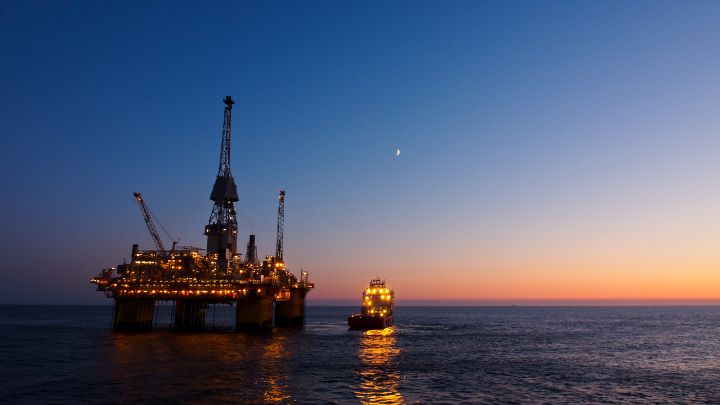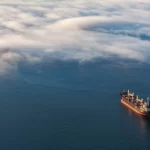At least three sanctioned Very Large Crude Carriers are likely to shut down their engines while en route to carry around 830,000 mt (6.08 million barrels) of Iranian crude oil to Shandong province in eastern China, as they have been blacklisted by the Shandong Port Group, sources close to the matter said Jan. 8.
The vessels in question are the Salvia, the Bendigo and the Carnatic, which were previously known as Hasna, Hilda I and Seastar III when they were added to the sanctions list in 2023, the sources said.
The crude oil, which was transferred ship-to-ship from Malaysian waters, was originally scheduled for delivery to Shandong in mid-January, they said.
Meanwhile, a sanctioned Panama-flagged crude oil tanker, the Nichola, has been waiting off the port limits since Dec. 31 at Dongjiakou port in Shandong.
The buyers of these sensitive barrels will either need to find non-sanctioned carriers for January delivery or queue for discharge at other private ports in the province, such as Jingang port in Dongying and Haiye port in Qingdao, market sources said.
China’s Shandong Port Group, whose terminals are often used by independent Chinese refineries that rely on Iranian, Russian and Venezuelan crude, confirmed Jan. 7 that it had blacklisted ships sanctioned by the US Treasury Department’s Office of Foreign Assets Control.
Cautious in January
“It is a strong signal, but we need to watch and see how developments unfold, particularly at this moment when the new US president is in office,” a Shandong-based source said.
“The group will tighten control accordingly, at least in January, when Donald Trump assumes power, and the ports are not in a rush to meet their annual throughput targets,” a Beijing-based shipping source said.
Through several subsidiaries listed in China, the local government-controlled Shandong Port operates the ports in Qingdao, Dongjiakou, Yantai, Rizhao, Laizhou, Longkou and Dongying to serve most of the sanctioned oil buyers — small independent refineries, commonly referred to as “teapots,” in Shandong province.
Shandong handled around 90% or 1.36 million b/d of Iranian oil deliveries to China in 2024, Commodity Insights estimated.
A source close to Shandong Port revealed that the group needs to ensure its usual operations amid rising trade tensions, noting that liquids, particularly petroleum carried by sanctioned ships, account for only a small proportion of its overall business.
Shandong Port Group’s throughput exceeded 1.8 billion mt of goods and 44 million containers, respectively, in 2024, maintaining its top position among Chinese port groups, the group said Dec. 27.
Meanwhile, a spokesperson with China’s Ministry of Foreign Affairs said they were not aware of the group’s decision and reiterated Beijing’s opposition to US sanctions in a press conference Jan. 8.
“China has always firmly opposed the lack of international law on the part of the US, illegal unilateral sanctions and long-arm jurisdiction without UN Security Council authorization,” the spokesperson said.
Vessels under sanctions
Sixty-nine tankers listed on the current Office of Foreign Assets Control list were used to transport 303 million barrels of crude oil to China in 2024, according to data from S&P Global Commodities at Sea.
China imported 11.06 million b/d of crude in January-November 2024, declining 2.2% year over year, customs data showed.
In December, a total of 1.77 million mt (13 million barrels) of crude oil was discharged at Shandong ports for independent refineries, transported by sanctioned vessels, according to Commodity Insights data.
These shipments accounted for about 27.8% of all Iranian crude oil discharged at Shandong ports during the month.
Teapot refineries are likely to prefer Iranian crude oil transported by non-sanctioned vessels, especially during the journey from Malaysia to China, to ensure safe discharge upon arrival in Shandong, sources said.
“This will likely drive up freight rates for non-sanctioned vessels for this voyage, and it will also increase the risk of sanctions for those carriers,” a trade source said.
It was revealed that only 50 to 60 vessels that typically carry Iranian cargoes are not on the sanctions list.
One-third of the tonnage involved in ship-to-ship transfers from Southeast Asia to North Asia was handled by sanctioned ships, according to a chartering executive.
Source: Platts





